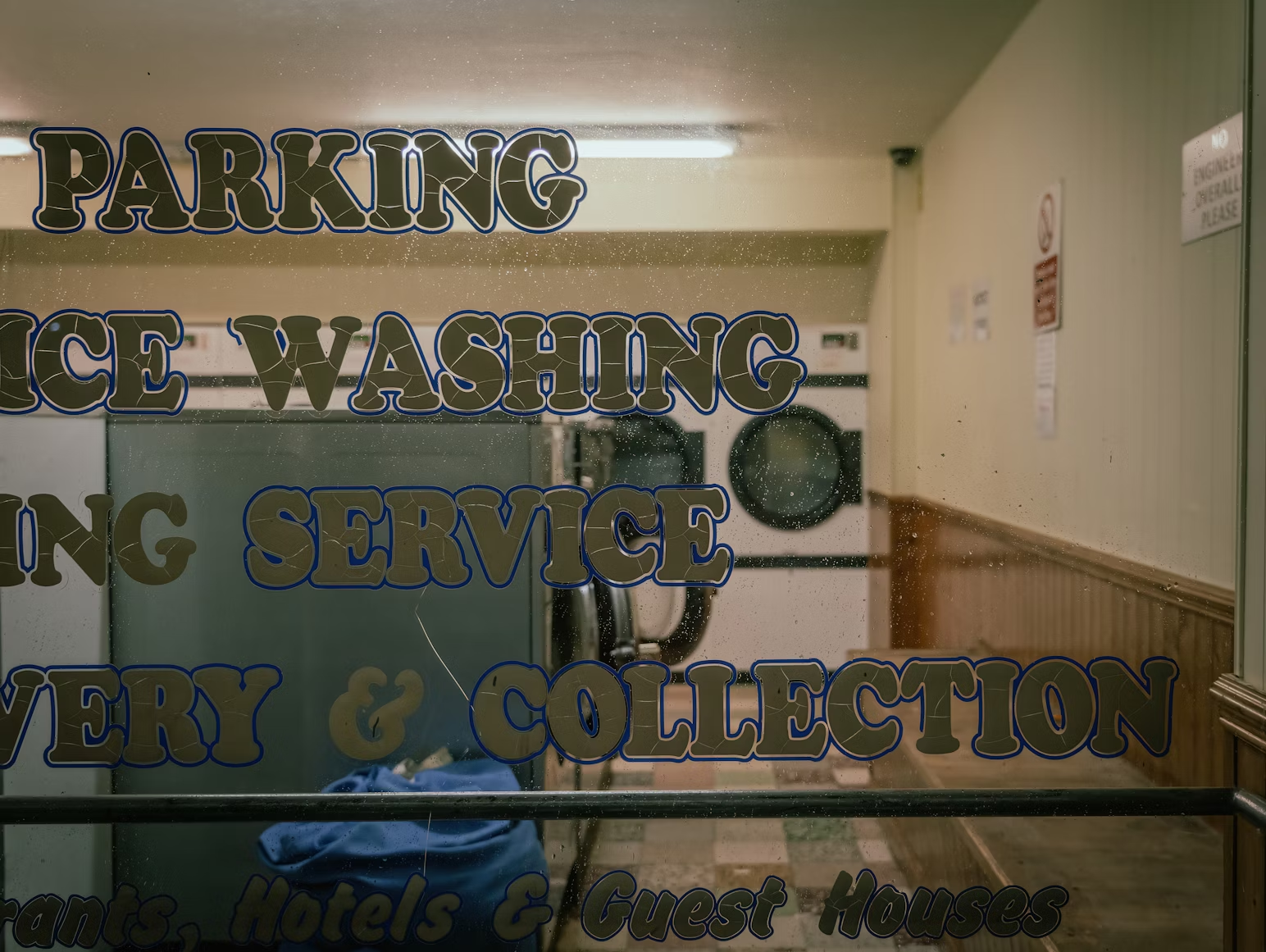Starting a laundromat is a powerful way to create a stable, cash-generating business with recurring customer demand. While the concept may seem straightforward, building a laundromat from scratch involves detailed planning, financial preparation, and the right location. With a clear roadmap, you can build a laundry business that’s profitable, automated, and built for long-term success.
Research the Industry and Understand the Business Model
Before investing any money, take time to understand how laundromats operate. Profit comes from volume and efficiency, not just charging per load—so machine usage, utility costs, and location traffic all play a role. Study how self-service models differ from drop-off or delivery services and decide what type of operation best fits your goals.
- Learn the difference between coin, card, and hybrid payment models
- Compare self-service vs. full-service business types
- Identify recurring costs: rent, utilities, supplies, labor
- Join laundromat owner forums or attend industry trade shows
- Study competitors in your target area to find service gaps
Create a Solid Laundromat Business Plan
A laundromat business plan will guide your decisions and improve your odds of getting financing. It should cover startup costs, revenue projections, target customers, marketing strategy, and operations. A detailed plan also helps you compare different buildout scenarios, such as new construction vs. retrofitting an existing space.
- Outline your startup and monthly operating expenses
- Project revenue by estimating customer volume and pricing
- Define your ideal customer: apartment renters, students, families
- List key vendors and equipment manufacturers
- Include a plan for marketing, staffing, and technology integration
Choose the Right Location
Your laundromat’s success depends heavily on visibility, accessibility, and local demand. Look for areas with high renter density, limited in-unit laundry, and steady foot or vehicle traffic. Avoid areas that are over-saturated or have poor parking, low visibility, or strict zoning restrictions.
- Target urban neighborhoods, near apartment complexes or college areas
- Use demographic tools to identify ideal foot traffic and income levels
- Check for zoning approval before signing a lease
- Evaluate parking, signage visibility, and access from main roads
- Compare rent vs. potential revenue from nearby demand
Secure Financing and Plan Your Budget
Depending on your location and equipment choice, laundromat buildouts can cost between $200,000 and $500,000 or more. You may need to secure a commercial loan, SBA financing, or equipment lease. Budget carefully to account for machines, buildout costs, permits, software, and at least 3–6 months of working capital.
- Apply for SBA or commercial real estate loans
- Consider vendor financing for washers and dryers
- Budget for construction, plumbing, HVAC, and electrical upgrades
- Plan for business insurance, utilities, and marketing
- Set aside a cash cushion for unexpected startup costs
Design the Store and Choose Equipment
Laundromat layout affects customer flow, machine accessibility, and maintenance efficiency. Your design should optimize space, maximize visibility, and ensure utility systems can handle peak demand. Choose high-efficiency washers and dryers from reliable brands, and consider whether to install folding stations, vending machines, or lounge areas.
- Work with a laundromat developer or architect on layout
- Select commercial-grade equipment that fits your capacity needs
- Position machines for easy movement and service access
- Install utility connections that meet code and manufacturer specs
- Add seating, folding tables, and customer-facing amenities
Install POS and Management Software
Even coin laundromats benefit from modern software to manage payments, usage tracking, and machine performance. Platforms like The Laundry Boss allow for hybrid cashless systems, loyalty programs, mobile app payments, and cloud-based reporting. This improves customer satisfaction and gives owners full control from anywhere.
- Accept credit, debit, and mobile wallet payments
- Use remote dashboards to change pricing and track revenue
- Offer loyalty rewards and digital promotions
- Monitor machine health and service issues in real time
- Reduce time spent on manual reporting and refunds
Market Your Grand Opening and Build Community Loyalty
Once your laundromat is ready, your first goal is foot traffic. Grand opening promotions, local advertising, and digital outreach will help spread awareness and attract early users. Providing a clean, welcoming space with helpful signage and a reliable payment system will build trust and loyalty fast.
- Offer free washes, giveaways, or loyalty bonuses at launch
- Promote your opening with local Facebook ads or Google Maps updates
- List your business on Yelp, Google Business, and laundry directories
- Host community events or partner with nearby apartments
- Encourage reviews and referrals with incentives
Maintain, Optimize, and Scale Over Time
After launch, your focus shifts to consistent operations and growth. Routine maintenance, customer feedback, and software reports will help you improve your service and maximize revenue. Over time, you can expand by adding drop-off services, opening additional locations, or upgrading your store to stay competitive.
- Create a maintenance schedule for all machines
- Track performance and adjust pricing based on usage patterns
- Explore add-ons like delivery, dry cleaning, or wash-and-fold
- Use analytics to identify underperforming equipment or time slots
- Consider multi-location management using cloud-based tools
Conclusion
Building a laundromat business takes vision, planning, and attention to detail—but it offers long-term rewards in the form of recurring income and flexible management. By combining location strategy, smart financing, modern equipment, and software tools, you can create a laundromat that runs smoothly and scales with demand. With the right foundation, your laundromat can become a reliable income source and a trusted community staple.
- Start with a strong business plan and market research
- Choose a location with high demand and easy access
- Invest in commercial-grade equipment and software
- Promote your opening and deliver excellent customer experience
- Use data and automation to run lean, grow faster, and scale smart








